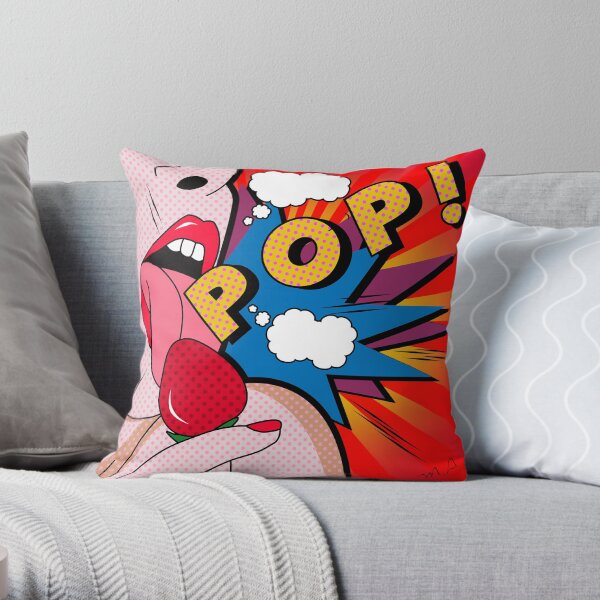Unknown Facts About Unique Art
Unknown Facts About Unique Art
Blog Article
The 8-Minute Rule for Unique Art
Table of ContentsThe Basic Principles Of Unique Art Some Known Details About Unique Art Unique Art - QuestionsThe Main Principles Of Unique Art
While one may question which art type holds priority, the fact remains that each of these seven types gives a special window into human history, culture, and development. They are the tapestries that chronicle our trip, reminding us of our past while inspiring visions for the future.Excellent artwork narrates, makes individuals look twice, and produces a special experience that can not be matched. Art and illustrations communicate all of that via shade, form and various other design components. Learn how to make your special art work attract attention from the group.
To bring even much more dramatization, he prolonged the paint. The contours, along with a spherical sconce, soften the sides. Structures classic posters and maps of beloved places established the scene.
8 TRIA GIOVANEqual components grand and laidback, this entrance hall developed by Anthony Baratta is the best blueprint to follow if you're decorating an official entrance that still really feels unfussy and comfortable. Patterned textiles take spotlight (see the rugs and the sofa), yet they likewise help bring the high ceilings down to a human scale when hung over wallpaper.
The 9-Minute Rule for Unique Art
18 Heidi Caillier DesignA gallery wall does not need to use up the entire space. Often a little one can make a bigger style statement. In this living-room, Hiedi Caillier went with micro-mini frameworks and an arbitrary structure. Ad - Continue Reading Below19 Stephen Kent JohnsonDesigner Juan Carretero went with a deep green paint color to comparison with the light timber surfaces.
, the expression of concepts and feelings, with the creation of certain visual top qualities, in a two-dimensional visual language. The elements of this languageits forms, lines, colours, tones, and texturesare used in different ways to produce sensations of volume, room, activity, and light on a flat surface area. These components are incorporated right into expressive patterns in order to stand for actual or mythological sensations, to interpret a narrative motif, or to produce wholly abstract visual connections.
Later the idea of the "fine artist" created in Asia and Renaissance Europe. During the 19th century painters in Western societies began to lose their social setting and protected patronage.
How Unique Art can Save You Time, Stress, and Money.
Others made a revenue via touring exhibitions of their work. The demand to appeal to an industry had actually replaced the similar (if less impersonal) needs of patronage, and its effect on the art itself was probably comparable. Normally, artists in the 20th century might get to a target market just through business galleries and public galleries, although their work may have been sometimes recreated in art regulars
For the history of paint in old Egypt, see Egyptian art and design. The advancement of paint in different areas is treated in a variety of short articles: Western paint; African art; Central Eastern arts; Chinese paint; Islamic arts; Japanese art; Oriental art; Indigenous American art; Nautical art and architecture; South Oriental arts; Southeast Asian arts. It is the sense of inevitability in this official organization that gives a fantastic painting its self-sufficiency and existence. The colours and placement of the major pictures in try this site a layout might be occasionally mostly chosen by representational and symbolic factors to consider. It is the official interaction of colours and shapes that alone is capable of communicating a particular state of mind, creating optical feelings of space, volume, movement, and light and creating pressures of both consistency and stress, even when a paint's narrative meaning is obscure.
Do not duplicate the design of other artists if you're searching for your style. Duplicating other people's artwork can be wonderful in academic objectives but it will certainly not make you closer to finding your very own special design. Your artistic style needs to be, what you like and what inspires you.

Fascination About Unique Art
You need to attempt great deals of different alternatives and discover everything before you can concentrate on one particular style or you'll be bored, or even worse, you'll despise your own style. So I suggest you to attempt every solitary subject that you want, discover as high as you can. Attempt various tools that excite you and new methods you have actually never attempted prior to.
With time you'll have the ability to sort all of them into your favored and the very least favorite categories. Try to focus your attention on the subjects and tools that you like and before you see it coming you'll have your very own individual and distinct design, like no person else have! In the end you'll have a couple of favored topics to repaint and maybe a couple of preferred tools.

Report this page